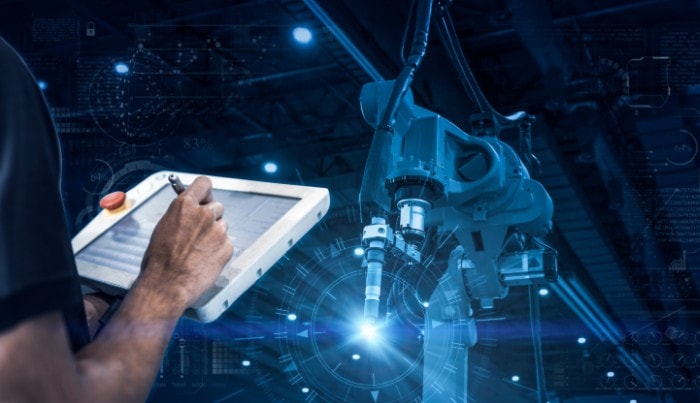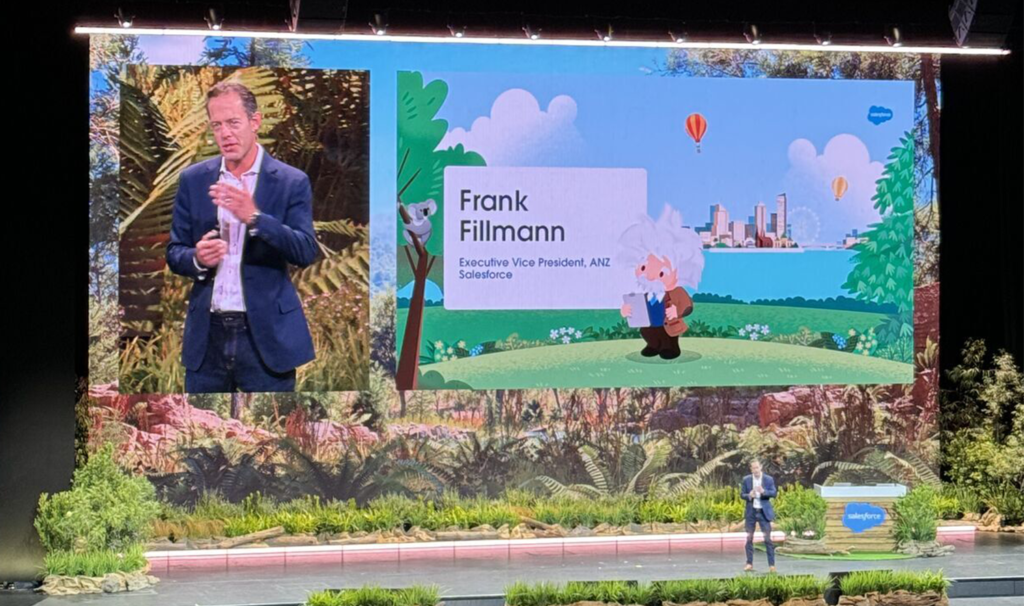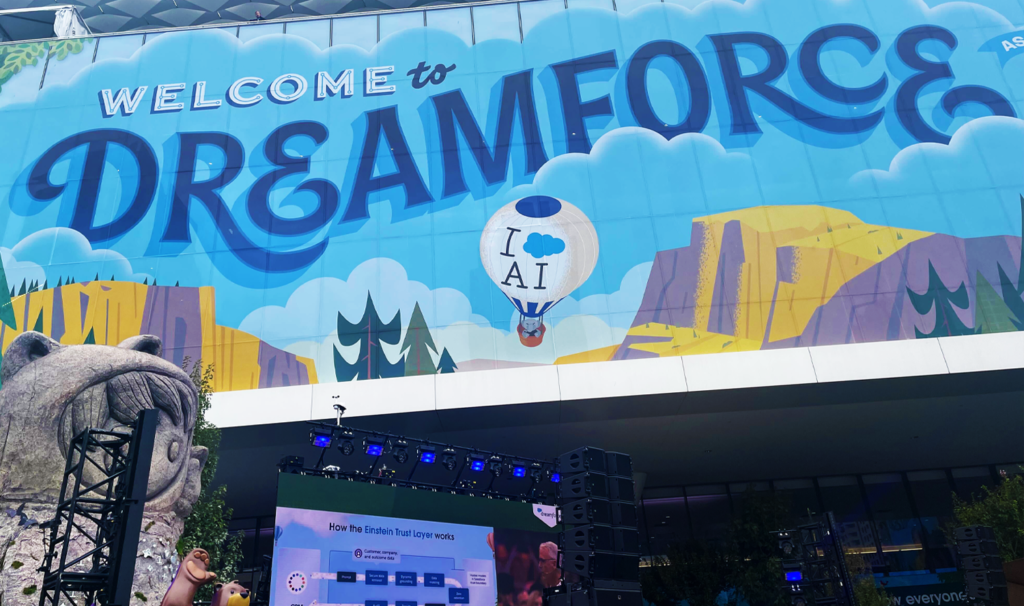Industry 4.0 is more than the age of AI-enabled technology. It’s a workforce evolution capable of driving innovative digital change.
A study by McKinsey & Company has shown that 68% of companies see Industry 4.0 as a top strategic priority.
Why? Because when AI intelligence and connectivity meets the manufacturing cycle, the results are smarter, more efficient, and more productive factories.
Industry 4.0 technologies and principles are rapidly changing how manufacturers are operating, and those embracing new technologies are boosting their economic competitiveness.
But what about the people–the employees–the ones using this technology? Many have worked with the same company and legacy systems for the past 20 to 30 years.
Five years ago, the response might have been, “Well, surely they’ll just adapt,” followed by a company-wide IT rollout with low user adoption and a missed opportunity to capture the true value of Industry 4.0.
Now, manufacturers are catching on that Industry 4.0 is not just about the tech. It’s also about the digital enablement of the worker–with 88% of Australian manufacturing employees believing that specialised training will be needed to prepare the workforce for the Industry 4.0 environment.
As manufacturers look to harness the power of Industry 4.0, we explain how you can start enabling your workforce for the Industry 4.0 environment and beyond.
Enable your workers to be customer-focused
It has to be said; if you don’t get it right internally, it’s going to reflect externally with your customers. Seventy-two percent of consumers and 82% of business buyers say that it’s easier to take their business elsewhere because of technology.
If an employee doesn’t know how to market or sell to potential new customers or a current customer base, that’s a big threat. This means any slow down in the sales process ends up costing companies customers, not just profit. And for a manufacturing company that may only have 100 customers, losing one can be detrimental.
We’ve been saying to manufacturers there is a shift happening in the manufacturing industry to ‘manufacturing as a service’. The shift involves putting customers at the centre of business activities to provide a better experience–ultimately attracting and retaining more customers.
Historically, the manufacturing industry has invested heavily in the back-end–process formation, supply chain, fast distribution, and quality control–and less on the front office and connecting with their customers.
And while there is no single or fast-acting solution to achieve this, what manufacturers can do is provide their employees with the technology to help them become more customer-focused and enhance the experience they are providing.
According to the latest Salesforce State of Connected Customer report, 75% of customers expect companies to use technologies to create better experiences.
One example of a system is Configure-Price-Quote (CPQ). Salesforce CPQ is an innovative tool that automates and accurately generates highly configured and personalised quotes for customers and is one tool available to help employees sell with the accuracy and speed that customers of today expect.
When you enable employees with good technology, you provide them with joint visibility of different touchpoints of the customer’s journey. And when everyone across the business knows a customer’s story, the customer receives a better experience and is more likely to do or continue doing business with you.
Take a user-centric approach
The manufacturing industry operates on tight margins, so any spending that isn’t producing more goods or making a plant more efficient is a difficult sell. But with manufacturing workplaces becoming increasingly technology-driven environments, companies need to start investing in their internal business culture.
Manufacturers’ Monthly recently published an article highlighting regular employee communication as a crucial part of building an innovative culture. It’s important that manufacturers create time and space where employees feel comfortable to provide input into business strategic goals and plans. Whether this includes introducing continuous improvement programs, such as lean manufacturing or informal consultations with staff, empowering employees to take an active role in the organisation’s future will make them more likely to be flexible and adaptable to a changing environment.
The first step‒break down any barriers and perceptions leftover from previous technology implementations.
When employees have been left feeling overwhelmed by previous tech roll-outs, they can be apprehensive towards a new tool or technology, especially if it’s a foreign concept to them. Digital solutions are only valuable if workers accept and adopt them, so it’s important to focus early on removing any negativity towards change.
These days digital tools are very intuitive and easy to use, so the user experience should be much better than the one implemented 10 or 20 years ago.
The second step is understanding what good user experience looks like. Bring the people on the shop floor along for the journey and start to understand their needs. How will a product or device be used in their work environment? Does it make their role easier or connect them to more insightful data?
We always talk about the importance of putting yourself in your customers’ shoes, but it’s just as important to put yourself in your workers’ shoes.
And don’t be afraid to get outside advice; a consultant will be subjective in their judgement and offer solutions that an in-house team may not be in a position to.
Don’t think one-off digital transformation, think digital evolution
Technology is constantly changing and evolving, and a digital transformation should be set up to do the same.
This means getting the right advice for ongoing operational health and long-term success, either from internal support or an outsourced consulting partner.
One of the challenges manufacturing companies face is their facilities aren’t located in big cities, so attracting some technical hotshot who’s great on a system like Salesforce can be difficult. That said, a lot of the best Salesforce administrators we’ve seen have become so by accident; they got exposed to the program, loved it, and pushed themselves to learn more.
If you have employees with this mindset, it’s worth investing and upskilling them. If you don’t, tapping into a managed service where you can get expert advice can help you protect your investment and ensure your digital transformation continues to evolve past the implementation stage and scales with your business.
Find out more
Keep up to date with the latest Industry 4.0 trends and subscribe to our manufacturing newsletter.
Follow Simplus Australia on LinkedIn to get the latest industry news, Salesforce updates, and topics that matter to you and your organisation.






